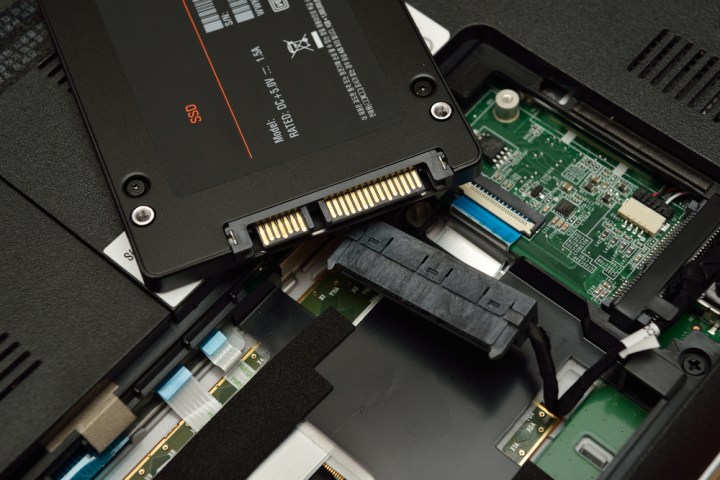
The company has taken the wraps off a new 256GB 3D NAND chip with three bits per cell and 48 layers. Built in Japan through a partnership with Toshiba, the chip is a world first that, for the moment, gives SanDisk an edge over competitors in terms of data density.
It’s important to note, though, that the “world’s first” claim is the consequence of the chip’s layers, not its capacity. Micron and Intel have already announced a 256GB 3D NAND chip, but it had only 32 layers. Increasing the number of layers matters because stacking vertically allows a reduction in horizontal width and breadth, effectively giving the chip a smaller footprint. Further decreasing chip size means SanDisk’s hardware can fit where other solid state chips of similar capacity can’t.
3D NAND (in some cases called V-NAND, short for Vertical NAND) looks to be the future of mass storage solid-state drives. It offers much higher data density, which means SSDs can better compete with the maximum capacity of mechanical disk drives. That’s something not possible with conventional NAND, at least not in a standard 2.5″ or 3.5″ drive footprint. The chips simply took up too much space.
That said, 3D NAND is not the only new technology in storage. Intel and Micron recently announced 3D XPoint, an all-new form of storage unrelated to NAND that promises far superior read/write performance and durability. Very few details have been revealed about 3D XPoint, however, and its first incarnations are likely to be pricey.
Buyers won’t have to wait long to see SanDisk’s new 256GB chip in action – it will be shipping in SanDisk products as early as next year.


